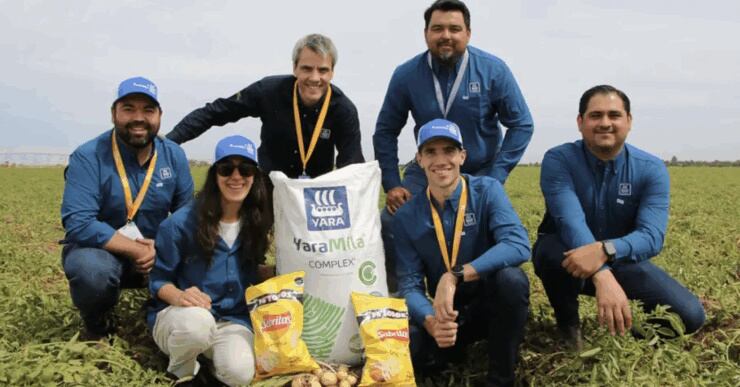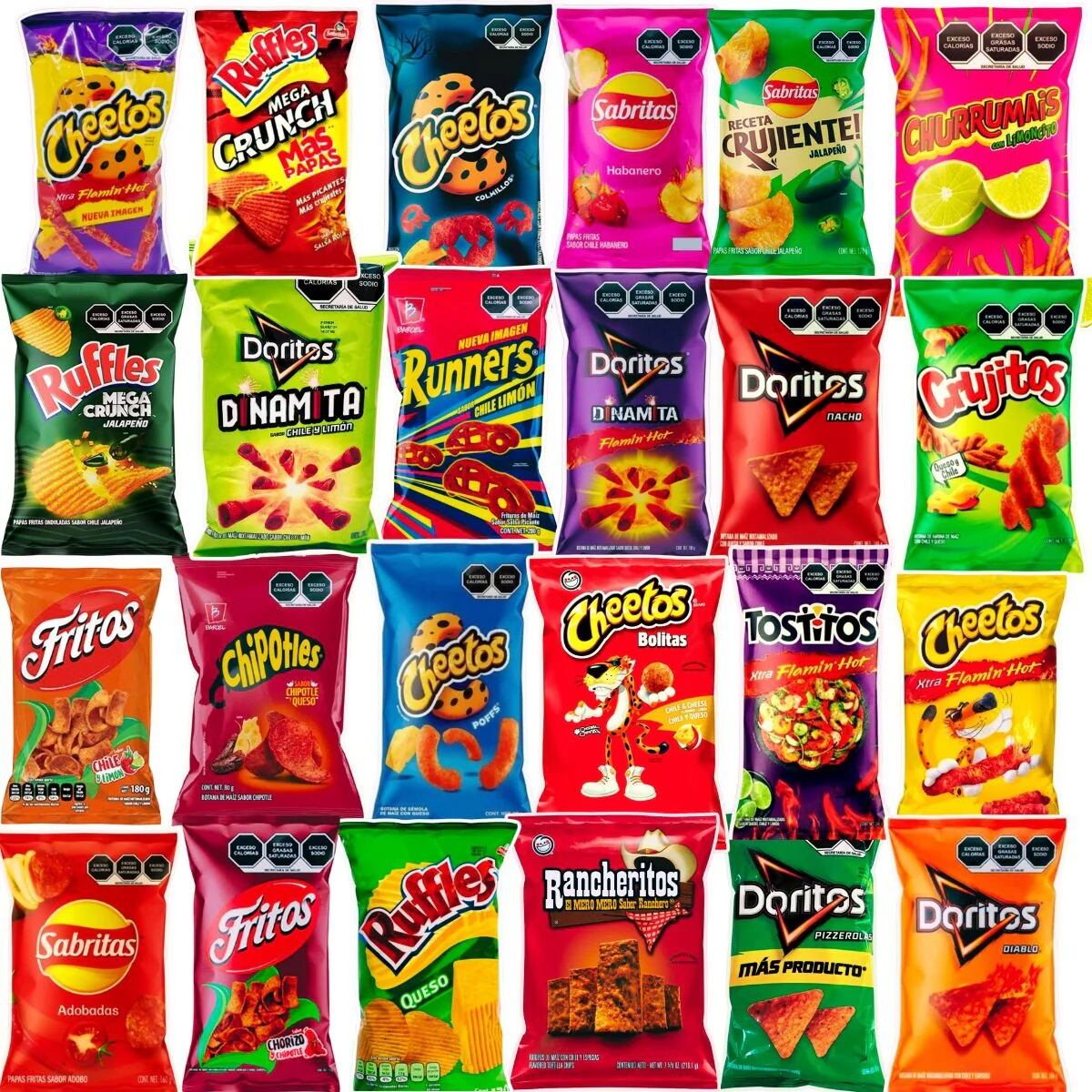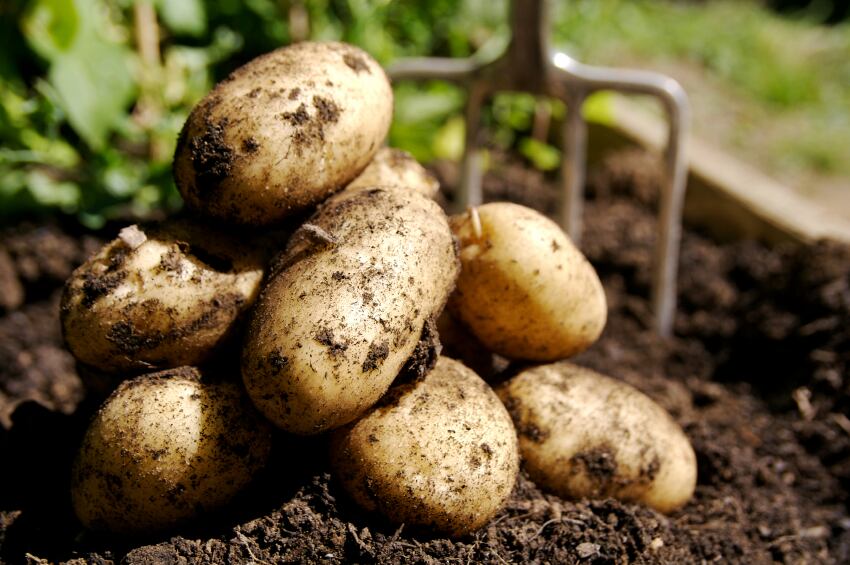The initiative – which kicks off with around 20 farmers across 700 hectares in Mexico, Colombia, Chile and Argentina – is the latest move in the company’s ambition to spread regenerative practices across seven million acres globally by 2030.
While it’s starting with potatoes – a foundational crop for snack favourites like Lay’s (Argentina & Chile), Sabritas and Ruffles (Mexico) and Margarita (Colombia) – there are plans to branch out to corn, wheat, oats, coconut and bananas.
At its core, this is about reducing agriculture’s hefty environmental footprint. In 2023, farming accounted for 37% of PepsiCo’s total greenhouse gas emissions. So if the company is serious about cutting carbon, it has to start in the field.
PepsiCo powers LATAM’s low-carbon future

To make that happen, the snack giant has teamed up with fertiliser heavyweight Yara International. The partnership gives farmers access to Yara’s Climate Choice fertilisers, which are made using low-carbon ammonia – either through clean energy or carbon capture technology. Depending on the variant, these fertilisers can shrink the carbon footprint of potato farming by up to 60%.
Low-carbon fertiliser 101
Conventional fertiliser is typically made using natural gas, producing high levels of CO₂.
Low-carbon variants are made using:
• Green ammonia: Created with renewable electricity
• Blue ammonia: Uses carbon capture during production
Emission savings: 20%–60% per tonne of fertiliser, depending on the formulation
Bonus: Precision use further reduces waste, runoff, and nitrous oxide emissions - a potent GHG.
However, it isn’t just a case of swapping one product for another. The programme also offers practical training on how to get the most out of fertilisers, protect soil health and boost yields sustainably. In other words, it’s about farming smarter, not harder.
“This partnership with PepsiCo is pivotal in our pursuit of growing a nature-positive food future,” said Chrystel Monthean, EVP of Yara Americas. “By improving fertiliser efficiency and encouraging regenerative farming methods, we are not only cutting emissions but also boosting the sustainability of agricultural production.”
The collaboration shows just how crucial partnerships are in tackling both climate change and food security. Pedro Parenti, senior VP of Yara Latin America, added, “With PepsiCo as an ally and leader on this path, we can protect the environment for both present and future generations.”
Climate change is shaking up the way we farm

Agriculture is feeling the pressure from all sides. The UN estimates that by 2050, the world will need to produce up to 60% more food to feed a population nearing 10 billion. Yet climate change is already disrupting harvests through extreme weather events like droughts and floods.
Agriculture is also responsible for nearly a quarter of global greenhouse gas emissions. Regenerative farming offers a promising way forward – boosting biodiversity, restoring soil health and making crops more resilient in the face of these growing challenges.
PepsiCo, for its part, isn’t going it alone. In 2023, it joined forces with Mars, McCain Foods, McDonald’s and Waitrose to develop a shared framework to make regenerative agriculture more financially viable and scalable. That’s a big deal, because one of the biggest hurdles right now is the lack of a clear definition or set of standards for what ‘regenerative’ actually means.
Still, PepsiCo’s approach – tying low-carbon fertilisers, hands-on support and tech tools together in one cohesive strategy – is setting a powerful example.
Why regenerative agriculture matters
Despite the buzz, regenerative agriculture lacks a universally accepted definition. Here’s how it's generally understood:
• Soil health focus: Practices like cover cropping, composting and reduced tillage improve soil structure and microbial activity.
• Carbon sequestration: By enhancing soil organic matter, regenerative farms can draw down atmospheric CO₂.
• Biodiversity and Water Retention: Diverse planting and soil conservation support pollinators and reduce runoff.
• Yield stability: Resilient soils mean better yields, especially in extreme weather.
From spuds to strategy

While the Latin American pilot is just getting started, it’s part of a much larger roadmap. In Europe, PepsiCo is working on a similar regenerative push, with plans to transition around 1,000 farms (covering 128,000 hectares) to low-carbon practices. Potatoes, once again, are leading the charge.
To support the rollout, the company is also leaning into digital farming tools. PepsiCo’s CropTrak and ML Analytics platforms will be used alongside Yara’s AtFarm and MegaLab systems to give farmers real-time data on soil health and nutrient use. That means more precise inputs, better yields and real environmental gains.
There’s no sugar-coating it though; transitioning to regenerative farming isn’t cheap or easy. But for PepsiCo, it’s a smart investment in the long-term stability of its supply chain. The company sources over 35 different crops from more than 60 countries and building resilience at the farm level is becoming a must-have, not a nice-to-have.
“Low-carbon product innovation requires significant investment and partnership,” said Jim Andrew, PepsiCo’s chief sustainability officer. “By playing the role of a first mover, PepsiCo helps send demand signals to the market that drive continued innovation and support for farmers.”
The regenerative potato project is just one piece of a much bigger puzzle but it’s a clear sign that PepsiCo is shifting from talk to action. With the right partners, the right tools and a clear path forward, this kind of programme has the potential to reshape how food is grown and sourced - starting with one of the world’s most humble crops.
PepsiCo’s regenerative commitments by the numbers
• 7 million acres to be farmed regeneratively by 2030
• 1.8 million acres transitioned by end of 2023
• 3 million metric tonnes of GHG emissions to be avoided by 2030
• 35+ crops sourced across 60 countries
• 37% of PepsiCo’s emissions come from agriculture
• Current pilot focus: ~700 hectares of potatoes across Mexico, Colombia, Chile and Argentina.
Why potatoes?
• Potatoes are one of PepsiCo’s most heavily used crops, underpinning global snack brands like Lay’s, Walkers, Sabritas and Ruffles.
• Potatoes are input-intensive, making them ideal candidates for low-carbon interventions.
• They’re grown across multiple continents, offering a replicable model for regenerative rollouts.
• Fun fact: A single large-scale potato supplier can grow on thousands of hectares - so incremental changes in fertiliser use can yield substantial emission cuts.


